In the realm of data storage and management, the acronym RAID, which stands for Redundant Array of Independent (or Inexpensive) Disks, plays a crucial role. But what makes the magic of RAID possible? The answer lies in a critical component of the RAID setup – the RAID controller. In this blog, we will delve into the world of RAID controllers, exploring what they are, their role, different types, and how they contribute to data redundancy and protection.
What Is a RAID Controller?
A RAID controller, often referred to as a RAID card or RAID controler, is a hardware component that serves as the brain of a RAID configuration. It’s responsible for managing multiple physical disk drives, ensuring data redundancy, and improving the performance of the storage array. In essence, the RAID controller is the guardian of your data, orchestrating its protection and retrieval.
RAID Controllers and Data Protection
RAID configurations are designed to enhance data protection through the combination of multiple physical disk drives. The RAID controller is instrumental in this process. It can manage various RAID levels, such as RAID 0, RAID 1, RAID 5, RAID 6, and more, each offering a specific approach to data redundancy and protection.
- RAID 0: This level strips data across multiple drives to improve performance but offers no data redundancy. A RAID controller helps manage data distribution across the drives efficiently
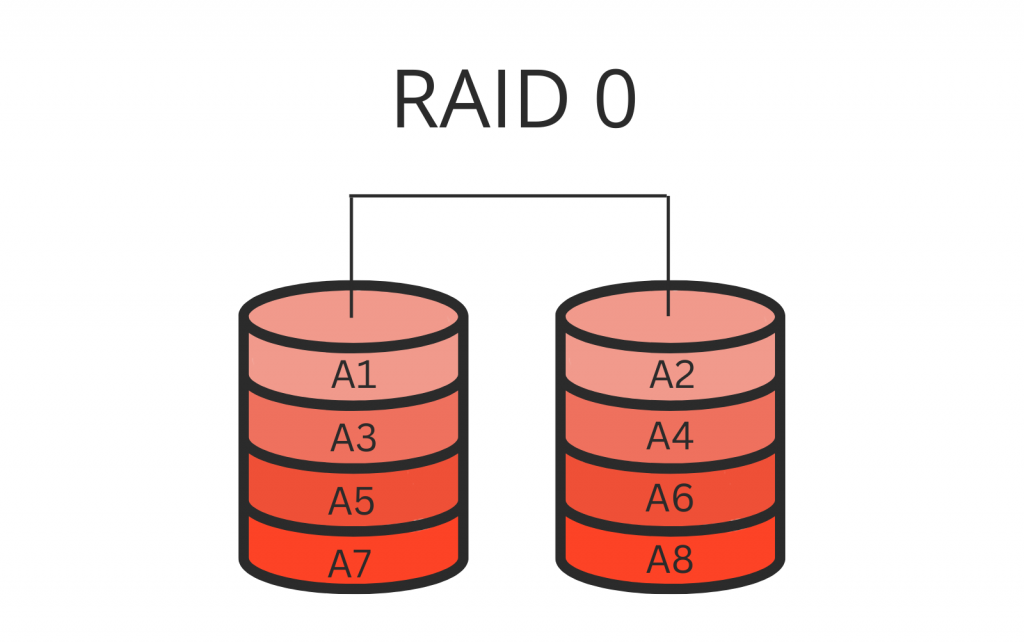
- RAID 1: It mirrors data across two drives, ensuring data redundancy. The RAID controller is responsible for maintaining the identical copies of data.
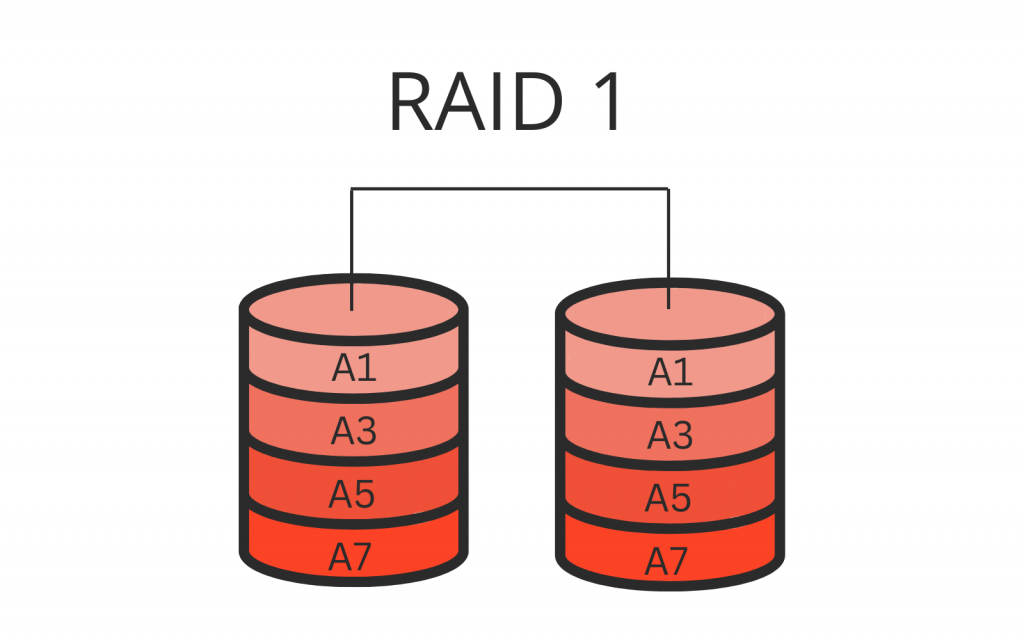
- RAID 5 and RAID 6: These levels combine striping and parity to protect data. A RAID controller calculates and manages parity information, which can be used for data recovery in case of drive failure.
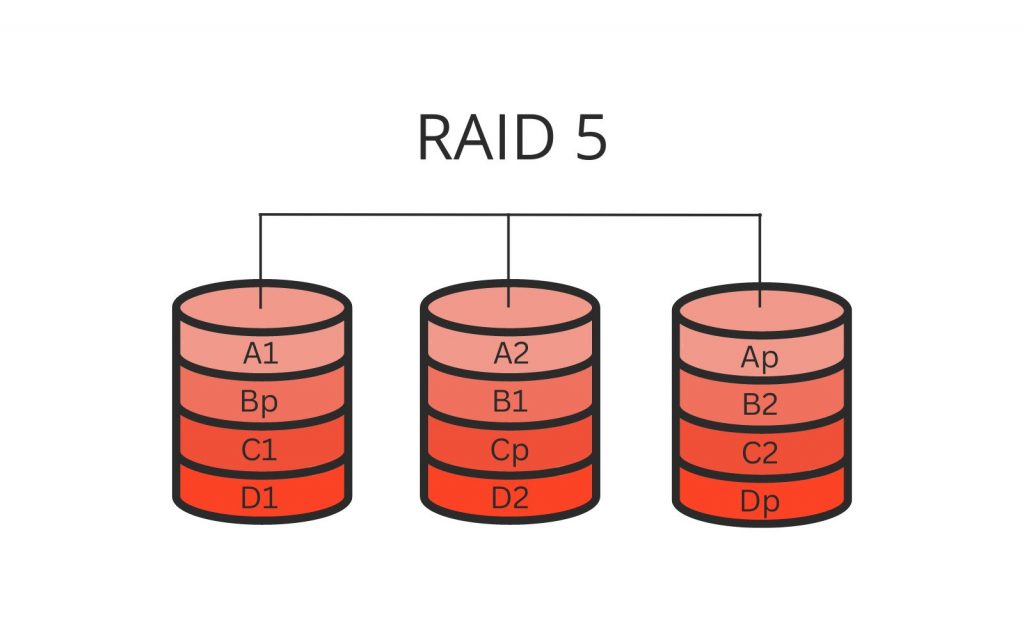
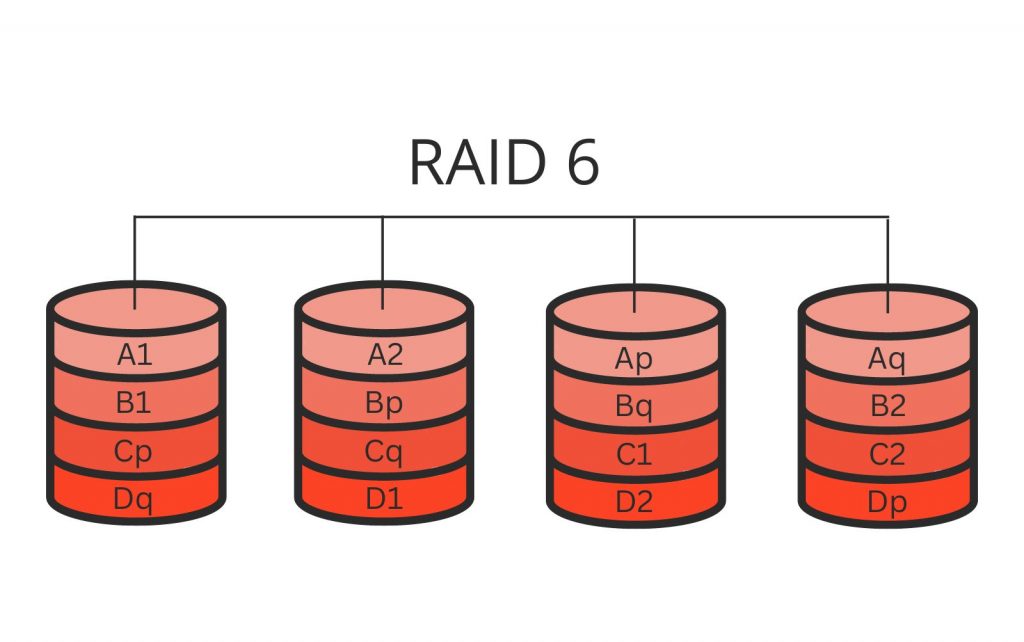
Types of RAID Controllers
RAID controllers come in different forms, and they can be categorized into two main types: hardware RAID controllers and software RAID controllers.
Hardware RAID Controllers
These controllers are physical cards that you install in your server or storage array. They have their dedicated processing power, known as the RAID on chip (ROC).
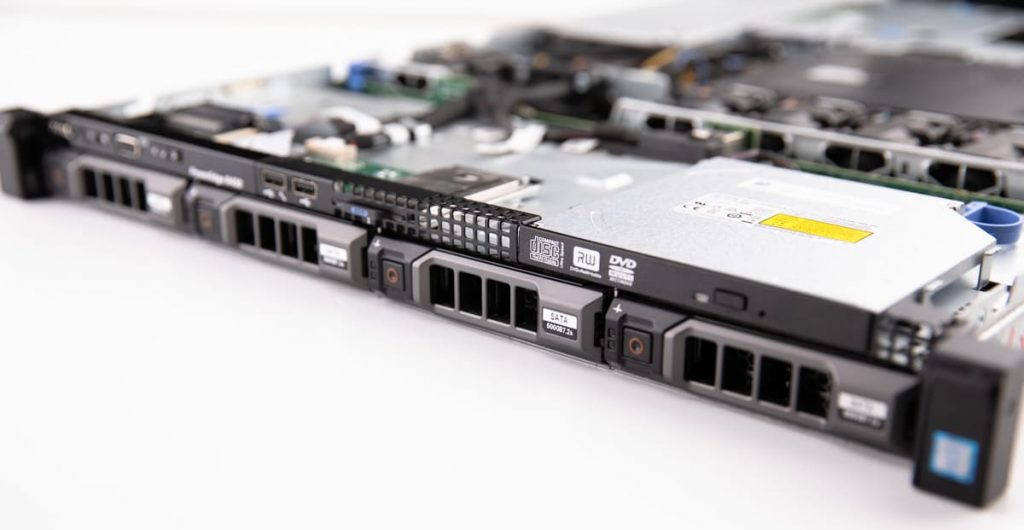
Hardware RAID controllers are particularly effective for managing RAID configurations because they offload the processing from the host system’s CPU, which enhances system performance.
Hardware RAID controllers can support various RAID levels and are equipped with cache memory to accelerate read and write operations. They are commonly found in server environments and enterprise-grade storage solutions.
Software RAID Controllers
Software RAID controllers, on the other hand, rely on the host’s operating system to manage the RAID configuration. While they are cost-effective, they may not offer the same level of performance and data protection as their hardware counterparts. Software RAID controllers are suitable for smaller setups or non-critical data storage.
RAID Controllers and Storage Arrays
Storage arrays are a combination of physical disk drives and a RAID controller card. The RAID controller is the central component responsible for managing the array. It organizes the data across the drives and ensures data redundancy and protection.
In larger-scale storage arrays, you may find host bus adapters (HBAs) working in conjunction with RAID controllers. HBAs connect the storage array to the host system and enable data transfer between them. The combination of RAID controllers and HBAs ensures efficient data management and protection.
The Role of RAID Controllers in Data Redundancy
Data redundancy is the key to ensuring that your data remains accessible in case of drive failure. RAID controllers play a pivotal role in achieving this redundancy by distributing data across multiple drives and implementing various techniques such as mirroring, striping, and parity.
For instance, in a RAID 1 configuration, the RAID controller ensures that each piece of data is mirrored on two drives. So, if one drive fails, the RAID controller seamlessly switches to the duplicate drive, allowing for uninterrupted data access.
In more complex RAID configurations like RAID 5 and RAID 6, the controller manages parity information. Parity data is used to reconstruct lost data in the event of drive failure. This sophisticated process is made possible by the intelligence of the RAID controller.
Performance Enhancement Through RAID Controllers
RAID controllers not only provide data redundancy and protection but also enhance system performance. They do this by optimizing the distribution of data across multiple drives, thus improving read and write operations.
The cache memory on hardware RAID controllers further accelerates data access by storing frequently accessed data, reducing the need to retrieve it from the physical drives. This cache memory acts as a buffer, improving the overall performance of the storage array.
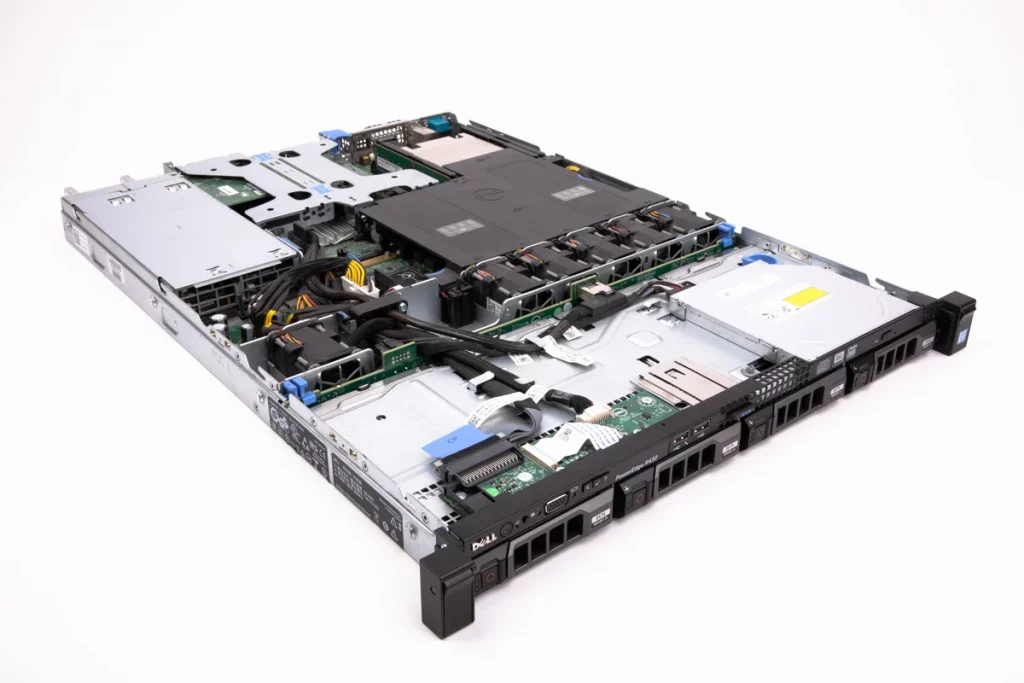
In the realm of data recovery and storage, RAID controllers are unsung heroes. They are the invisible guardians of your data, ensuring its redundancy, protection, and performance. Understanding the different types of RAID controllers, their role in RAID configurations, and their impact on data management is crucial for businesses and individuals seeking to safeguard their critical data.
Whether you’re using hardware RAID controllers in an enterprise server or software RAID controllers for your personal storage, the importance of these components in preserving your data cannot be overstated. So, the next time you hear the term “RAID controller,” you’ll have a clearer picture of the unsung hero working diligently behind the scenes to keep your data safe and accessible.
Frequently Asked Questions
What is the primary function of a RAID controller?
A RAID controller’s primary function is to manage multiple physical disk drives in a RAID configuration, ensuring data redundancy, protection, and improved data access performance.
What are the different types of RAID controllers?
RAID controllers come in two main types: hardware RAID controllers, which are physical cards with dedicated processing power, and software RAID controllers, which rely on the host operating system for management.
How do RAID controllers enhance data redundancy and protection?
RAID controllers achieve data redundancy through techniques like mirroring, striping, and parity, distributing data across multiple drives and ensuring data remains accessible even in the event of drive failure.
What is the role of RAID controllers in improving data access performance?
RAID controllers optimize data distribution and enhance performance by using cache memory to store frequently accessed data, reducing the need to retrieve it from physical drives.